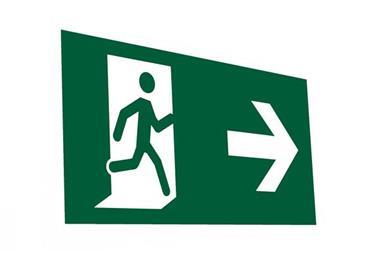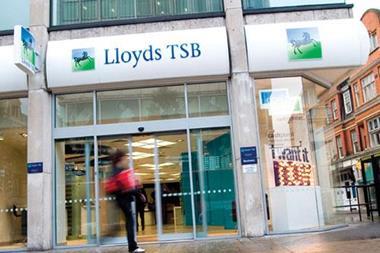Combined ratio drops to 69% amid lower PPI and weather claims
Lloyds Banking Group’s UK general insurance division made a profit of £497m profit in 2011, up 21% on the £412m profit it made in 2010.
The combined ratio improved 10 points to 69% (2010: 79%). The company attributed the improvement to better payment protection insurance (PPI) claims experience following its decision in 2010 to run off business. The absence of winter weather claims and lower expenses also helped to improve the profit and combined ratio.
The better profitability comes despite a 1% drop in home insurance gross written premium to £857m (2010: £862m). Lloyds attributed the lack of growth in its main general insurance line to the “maturity and competitiveness of the market”.
Total general insurance operating income – which includes premium from the PPI business and ‘other’ income was down 12.6% to £1bn (2010: £1.2bn). This was due to a 51% decrease in PPI premium because of the division’s run-off status and a 24% reduction in ‘other’ income.
While better PPI claims helped the Lloyds GI business, the parent bank made a loss of £3.5bn after putting aside £3.2bn to settle PPI mis-selling complaints.
For full annual results coverage, visit our Results Special page.
Lloyds Bank GI 2011 results in £m (compared with 2010)
- Total operating income: 1,035 (1,185)
- Home insurance premiums: 857 (862)
- PPI premiums: 125 (253)
- ‘Other’ income: 53 (70)
- Profit before tax: 497 (412)
- Combined ratio: 69% (79%)
Hosted by comedian and actor Tom Allen, 34 Gold, 23 Silver and 22 Bronze awards were handed out across an amazing 34 categories recognising brilliance and innovation right across the breadth of UK general insurance.














































No comments yet